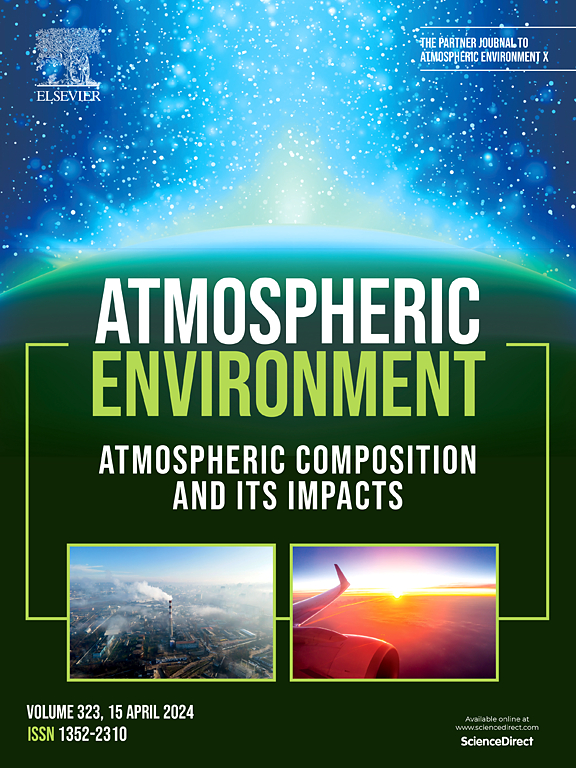Assessing the ecological risk of surface ozone and its impact on crop yields in China throughout the entire year of the COVID-19 pandemic in 2020
IF 4.2
2区 环境科学与生态学
Q2 ENVIRONMENTAL SCIENCES
引用次数: 0
Abstract
In 2020, the outbreak of the novel coronavirus (COVID-19) spread across China and the globe. In response to this severe challenge, China swiftly enforced a series of rigorous lockdown measures, significantly improving air quality. However, O3 levels increased, and their potential impact on ecosystems remains unclear. Therefore, this research systematically assessed the ecological risks from O3 during the warm season of 2020 across China and further quantified its effect on the yields of major crops. The findings revealed that during the warm season of 2020, the values of the five ecological risk indicators across China were 42.1 ± 0.5 ppb for M12, 43.0 ± 0.5 ppb for M7, 32.5 ± 1.3 ppm h for SUM06, 22.1 ± 0.7 ppm h for AOT40, and 27.2 ± 1.0 ppm h for W126. The highest risks were observed in the Beijing-Tianjin-Hebei, followed by the Yangtze River Delta and Central China. During the main crop growing seasons, the national average AOT40 values were 9.3 ± 0.3 ppm h for winter wheat, 11.6 ± 0.6 ppm h for spring wheat, 10.2 ± 0.4 ppm h for single rice, 5.8 ± 0.4 ppm h for double-early rice, and 7.9 ± 0.4 ppm h for double-late rice. The projected ranges of O3-induced national relative yield losses for wheat and rice were 20.4–32.9% and 3.1–9.7%, respectively. Correspondingly, the total national yield losses were 6.61 × 107 metric tons and 1.37 × 107 metric tons, respectively. Our findings reveal that O3 posed significant harmful risks to ecosystems during the COVID-19 pandemic. These results not only highlight the threat of O3 to agricultural production but also offer a scientific foundation to develop enhanced policies for controlling air pollution effectively.

求助全文
约1分钟内获得全文
求助全文
来源期刊

Atmospheric Environment
环境科学-环境科学
CiteScore
9.40
自引率
8.00%
发文量
458
审稿时长
53 days
期刊介绍:
Atmospheric Environment has an open access mirror journal Atmospheric Environment: X, sharing the same aims and scope, editorial team, submission system and rigorous peer review.
Atmospheric Environment is the international journal for scientists in different disciplines related to atmospheric composition and its impacts. The journal publishes scientific articles with atmospheric relevance of emissions and depositions of gaseous and particulate compounds, chemical processes and physical effects in the atmosphere, as well as impacts of the changing atmospheric composition on human health, air quality, climate change, and ecosystems.
 求助内容:
求助内容: 应助结果提醒方式:
应助结果提醒方式:


